Disclosure: This article contains affiliate links. We may earn a commission from purchases at no extra cost to you, which helps our travel content.
The first time I witnessed dawn breaking over the Himalayan peaks in Ladakh, I understood why photographers speak of this region with such reverence. Kitna sundar hai, my father would have said—how beautiful it is. Having grown up with stories of India's northern frontiers from my dad, finally experiencing Ladakh's otherworldly terrain was like stepping onto another planet, yet somehow finding pieces of my ancestral home. As a software engineer by trade but a photographer by passion, I've spent years calibrating my understanding of light, but nothing prepared me for the purity and drama of Ladakh's high-altitude illumination. This remote region—where Buddhist monasteries cling to mountainsides, prayer flags dance against turquoise skies, and ancient cultures thrive in one of Earth's most extreme environments—offers photographers an unparalleled canvas. Over two weeks last summer, I embarked on a solo journey through this high-desert moonscape, my camera an extension of my senses as I attempted to capture what feels fundamentally uncapturable: the profound silence, the crystalline air, and that extraordinary, otherworldly light.
Understanding Ladakh's Unique Light
Before we talk about gear or locations, we must understand what makes Ladakh's light so extraordinary. At elevations between 9,800 and 18,000 feet (3,000-5,500 meters), you're photographing in some of the thinnest air on Earth. With less atmospheric interference, light behaves differently here—it's sharper, more direct, and creates contrasts that would seem artificial anywhere else.
The region's extreme dryness (this is, after all, a high-altitude desert) means virtually no atmospheric moisture to diffuse light. Colors render with startling vividness—the deep indigo of mountain shadows against the warm ochre of barren slopes creates natural compositions that seem almost deliberately arranged. During my first sunset at Pangong Tso, I watched in awe as the lake cycled through impossible shades of blue while mountains turned from tan to gold to purple in the span of minutes.
The golden hours in Ladakh aren't just golden—they're transcendent. They also last longer than you might expect due to the gradual arc the sun makes across these northern latitudes in summer. Dawn typically begins around 5:00 AM, with the best light lasting until nearly 7:30 AM. Evening golden hour starts around 5:30 PM and can extend well past 7:00 PM, with civil twilight lingering magically.
But perhaps most challenging for photographers is the extreme dynamic range. The brilliance of illuminated peaks against shadowed valleys will push your sensor to its limits. I often found myself bracketing exposures extensively, especially when shooting monasteries perched between bright skies and shadowed cliffs. My advice? Embrace the contrast rather than fighting it—some of my most compelling images came from leaning into these dramatic tonal differences rather than trying to balance everything perfectly.

💡 Pro Tips
- Always shoot during the extended golden hours (5:00-7:30 AM and 5:30-7:30 PM) for the most magical light
- Use graduated neutral density filters to help manage the extreme dynamic range in mountain landscapes
- Consider bracketing exposures for high-contrast scenes to merge in post-processing
Essential Photography Gear for Ladakh's Extremes
Ladakh's harsh environment demands thoughtful gear choices. After my experience, I've refined what I consider essential versus what merely weighs down your backpack during long hikes at altitude.
First, your camera body. While I won't start brand wars, I found my mirrorless camera invaluable for its excellent dynamic range and relatively light weight. Whatever system you use, ensure it has good weather sealing—dust is omnipresent, and sudden mountain showers aren't uncommon. Bring at least two batteries per day of shooting; cold temperatures at high elevations drain power much faster than you'd expect. I learned this lesson the hard way when my battery died halfway through a once-in-a-lifetime sunset at Thiksey Monastery.
For lenses, I'd prioritize three: a wide-angle zoom (16-35mm equivalent) for vast landscapes and night sky photography; a standard zoom (24-70mm equivalent) for versatility; and a telephoto (70-200mm equivalent) for compressing those magnificent mountain layers and capturing distant details. The telephoto proved surprisingly useful—Ladakh's scale is so immense that sometimes the only way to create compelling compositions is to isolate elements within the vastness.
A solid tripod is non-negotiable. Between low light shooting, HDR bracketing, and the region's frequent winds, hand-holding simply won't cut it for serious landscape work. I use a carbon fiber tripod that balances weight and stability well for travel photography. Yes, it's an investment, but after watching a fellow photographer lose their setup to a sudden gust at Lamayuru, I've never questioned the value of quality support.
Filters are crucial in Ladakh's extreme light conditions. At minimum, carry a polarizer (to manage reflections and deepen those already-incredible blue skies) and graduated ND filters (to balance bright skies with darker foregrounds). I also found a 10-stop ND filter useful for creating ethereal long exposures of prayer flags blowing in the wind or water flowing through otherwise barren landscapes.
Finally, don't underestimate the importance of a good camera bag with proper padding and weather protection. Ladakh's roads are rough, and dust infiltrates everything. My camera backpack has enough padding to protect gear during bumpy jeep rides while offering quick access for those moments when you spot perfect light and need to shoot immediately.

💡 Pro Tips
- Bring twice as many batteries as you think you'll need and keep them warm inside your jacket
- Use a rocket blower to clean your sensor daily—dust is inevitable in this desert environment
- Consider a UV filter primarily as protection against dust and scratches for your lenses
Monastery Photography: Capturing Living Heritage
Ladakh's Buddhist monasteries (gompas) offer some of the most photogenic subjects in the region, but photographing them respectfully requires understanding both technical challenges and cultural sensitivities.
The most iconic monasteries—Thiksey, Hemis, Diskit, and Lamayuru—are architectural marvels perched in seemingly impossible locations. Each presents unique compositional opportunities. Thiksey, often compared to Tibet's Potala Palace, cascades down its hillside in photogenic tiers best captured from the road approaching from the east, particularly at sunrise when golden light bathes its white walls. Lamayuru sits amid a landscape so lunar-like that locals call it 'moonland,' offering surreal wide-angle opportunities that showcase the monastery against its otherworldly setting.
Timing is everything when photographing monasteries. Early morning provides the softest light and fewest visitors, but many monasteries don't open interior spaces until 8 or 9 AM. I developed a routine of shooting exteriors at sunrise, visiting nearby landscapes during harsh midday light, then returning for interior photography in the afternoon when warm light often streams through windows.
For exterior shots, look beyond the obvious frontal compositions. Some of my favorite monastery images came from hiking to unexpected vantage points—like climbing the hill opposite Thiksey at dawn to capture it with the Indus Valley and layered mountains behind. The monastery's red and white geometric forms create powerful focal points against Ladakh's earthy palette.
Interior photography presents different challenges. Many halls allow non-flash photography (always ask first or look for signs), but you'll be working in extremely low light with high dynamic range as sunbeams pierce through windows into dark interiors. This is where image stabilization and good high-ISO performance become invaluable. I often shot bracketed exposures at ISO 3200-6400 to freeze any movement of monks going about their activities.
Speaking of monks—while many are accustomed to photographers, always approach with respect. Learn basic Ladakhi greetings (Julley works as hello, thank you, and goodbye) and ask permission before photographing individuals. Some of my most meaningful images came after spending time conversing with elderly monks who later allowed me to photograph them in natural moments. One monk at Hemis, upon learning of my Indian heritage, shared stories of his pilgrimage to Buddhist sites in Bihar where my father grew up—a connection I never expected to make in this remote corner of the Himalayas.
During my visit to Thiksey, I was fortunate to witness morning prayers. Rather than immediately raising my camera, I sat quietly for twenty minutes, absorbing the atmosphere of chanting and butter lamps. When I finally began photographing, I moved slowly and respectfully, resulting in images that captured not just the visual elements but something of the spiritual essence of the place.
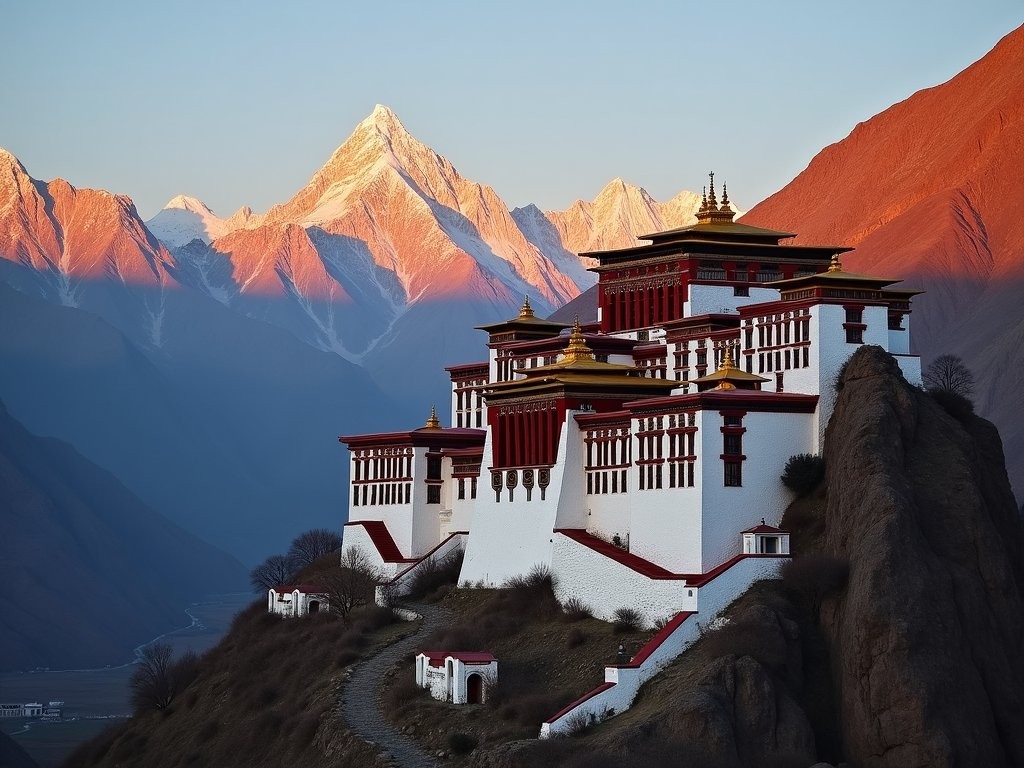
💡 Pro Tips
- Visit monasteries at sunrise for exterior shots with dramatic light and fewer tourists
- For interior photography, use a fast prime lens and embrace higher ISO settings rather than disturbing ceremonies with flash
- Learn basic phrases in Ladakhi to build rapport before asking to photograph monks or local people
High-Altitude Desert Landscapes: Finding Composition in Vastness
Ladakh presents a fascinating paradox for photographers: its landscapes are simultaneously minimalist and overwhelmingly vast. This creates a unique challenge—how do you compose compelling images in a place where scale seems to defy the camera's frame?
My engineering background made me approach this methodically. I found that successful landscape compositions in Ladakh typically rely on one of three elements: dramatic light, strong foreground interest, or pattern/texture. The most powerful images often combine all three.
Dramatic light is Ladakh's specialty. The region's clear air and extreme elevations create light shows that seem almost artificial in their intensity. At Pangong Tso, I watched spellbound as storm clouds created spotlights that traveled across the landscape like searchlights. In the Nubra Valley, late afternoon light carved the sand dunes into sculptural forms that changed by the minute. These moments demand preparation—I'd scout locations during midday to identify compositions, then return when the light approached its peak drama.
Finding compelling foreground elements becomes crucial in a landscape where distances are deceptive and scale is difficult to convey. Prayer flags, ancient chortens (Buddhist monuments), or uniquely shaped rocks can transform an image from a generic mountain vista into a story with depth. Near Hunder in the Nubra Valley, I spent an entire morning working with a single weathered prayer wheel as my foreground, shooting dozens of compositions as the light changed and mountains emerged from dawn shadows.
Ladakh's apparent barrenness reveals incredible textures upon closer inspection. River valleys cut geometric patterns into mountainsides. Ancient glaciers leave moraines that form perfect leading lines. Even the play of light and shadow creates temporary textures that can become the subject itself. My telephoto zoom lens became indispensable for isolating these patterns from the broader landscape.
Color in Ladakh follows a restricted palette that I found refreshingly different from my usual work in Japan's lush forests or Brazil's vibrant coastlines. Here, subtle variations of brown, ochre and gray dominate, punctuated occasionally by the turquoise of alpine lakes or the white of distant snow. This limited palette taught me to see differently—to appreciate subtle tonal variations I might have overlooked elsewhere.
One technique I found particularly effective was using people to provide scale. Not in every shot, but occasionally including a small human figure against Ladakh's immensity creates an immediate sense of the landscape's true proportions. At Magnetic Hill, I waited nearly an hour for a solitary motorcyclist to reach the perfect position on the winding road below, creating one of my favorite images from the trip.
Finally, don't overlook the night sky. With minimal light pollution and clear air, Ladakh offers extraordinary astrophotography opportunities. The ancient monuments against star-filled skies create powerful juxtapositions of the ephemeral and eternal. Just be prepared for the cold—temperatures plummet after sunset, even in summer.
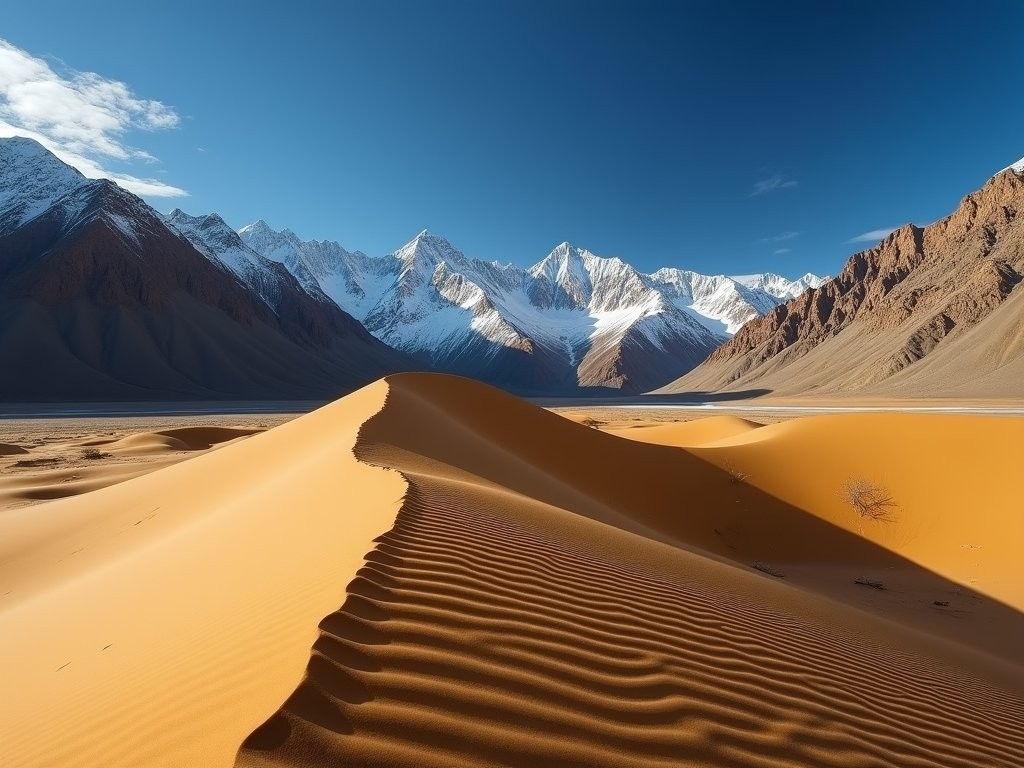
💡 Pro Tips
- Use the rule of thirds sparingly—Ladakh's landscapes often benefit from more central compositions that emphasize symmetry and scale
- Look for natural leading lines in river valleys, roads, and ridgelines to guide viewers through vast scenes
- Visit the same location at different times of day—Ladakh's landscapes transform dramatically as light changes
Cultural Photography: Respectful Approaches to Portraiture
While Ladakh's landscapes initially drew me to the region, it was the faces I encountered that truly captured my heart. As someone with Indian heritage myself, I felt a complex connection—both familiar and foreign—with the people of this remote Himalayan enclave. Their features reflect the region's unique position at the crossroads of South and Central Asia, with influences from Tibet, Kashmir, and beyond.
Portraiture in Ladakh requires patience, respect, and genuine human connection. The region sees enough tourism that locals are familiar with cameras, but that doesn't entitle us as photographers to treat people as exotic subjects for our portfolios. My approach was simple: connect first, photograph second (if appropriate).
I found that learning just a few phrases in Ladakhi opened countless doors. Julley (hello/thank you), Khamzang (how are you?), and Thugje-che (thank you very much) demonstrated respect that was invariably returned. When I explained in my limited Hindi that my father came from India, many older Ladakhis lit up with curiosity about which part of the country my family hailed from.
Markets proved fertile ground for cultural photography. In Leh's Main Bazaar, I spent mornings simply observing before ever raising my camera. I'd buy tea or momos (dumplings) and sit quietly, becoming part of the scene rather than an obvious tourist. Only after becoming somewhat familiar would I ask permission to photograph vendors or craftspeople. One elderly woman selling apricots—a Ladakhi specialty—initially declined being photographed but changed her mind after we chatted about cooking techniques. The resulting portrait captured not just her weathered face but the warmth of our interaction.
Festivals offer spectacular photographic opportunities but demand even more sensitivity. During my fortunate timing to witness a small monastery festival near Lamayuru, I made sure to observe proper etiquette: staying out of ceremonial spaces, photographing from appropriate distances, and putting down my camera entirely during the most sacred moments. The monks appreciated this respect, and one later invited me to photograph preparations behind the scenes—access I would never have gained had I approached the event as merely a photo opportunity.
Technically, I found a prime lens ideal for cultural photography in Ladakh. Its moderate wide-angle view captures environmental context while its fast aperture enables shooting in dim interiors without flash (which I consider too intrusive for cultural photography). The fixed focal length also forced me to engage physically with scenes rather than standing back and zooming—a limitation that paradoxically created more intimate images.
When photographing children, I always approached parents first. In smaller villages, offering to send prints back (via guesthouses or tour guides) was appreciated—a promise I made sure to keep upon my return to Japan by mailing physical photographs. These weren't just souvenirs but meaningful connections between families and perhaps the only professional photos some would have of their children.
One of my most cherished portraits came from an unplanned encounter in Thiksey village. An elderly man invited me into his home after seeing me photograph the monastery. His face—etched with eight decades of high-altitude living—told stories my camera could only hint at. We communicated through gestures, my broken Hindi, and his grandson's limited English. Before leaving, I showed him the portraits on my camera screen. His smile of recognition—not of himself as subject but of his dignity reflected in my lens—affirmed that I had captured something true.
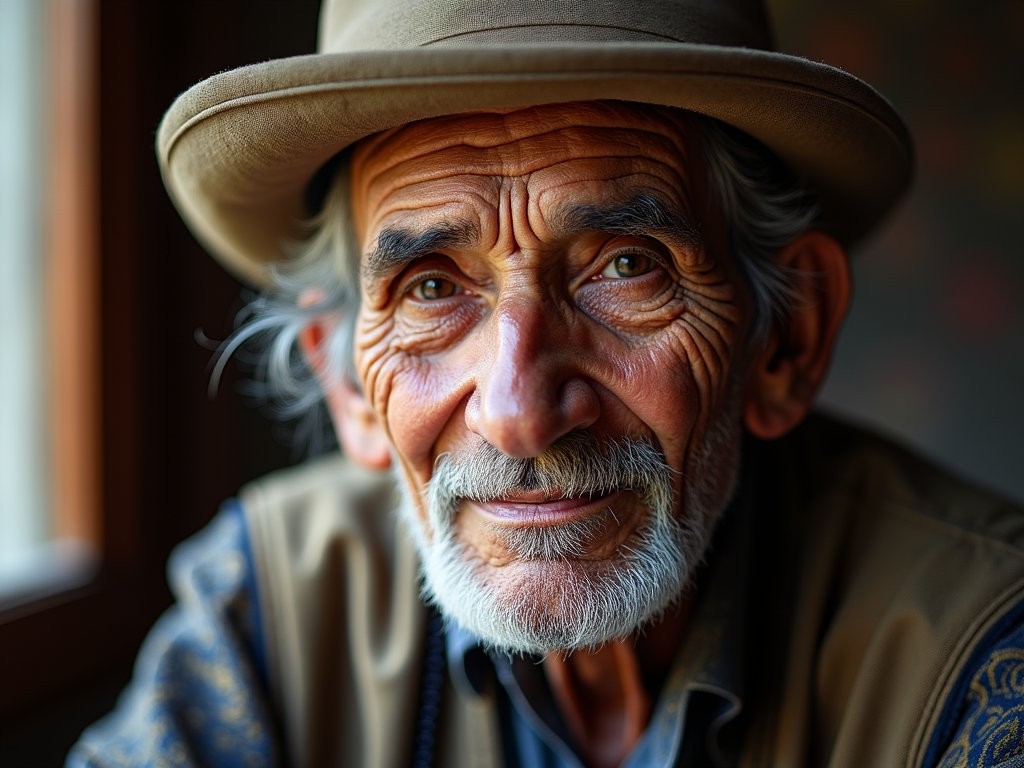
💡 Pro Tips
- Always ask permission before photographing people, using gestures if there's a language barrier
- Carry a small photo printer or collect addresses to send prints back to those you photograph—it transforms the dynamic from taking to sharing
- Use a normal to slightly wide lens (35-50mm equivalent) for portraits to include environmental context without distortion
Technical Challenges: Adapting to Altitude and Extreme Conditions
Ladakh's breathtaking beauty comes with equally breathtaking challenges for photographers. At elevations ranging from 10,000 to 18,000 feet, both you and your equipment will be tested in ways rarely encountered elsewhere. My background in engineering helped me anticipate some technical issues, but others I learned through sometimes costly experience.
First and foremost: acclimatization is non-negotiable, both for your health and your photography. I spent three full days in Leh (11,500 feet) before attempting any serious hiking or travel to higher elevations. Even as someone in good physical condition, I felt the altitude's effects—shortness of breath, mild headaches, disturbed sleep. Rushing this adjustment period not only risks altitude sickness but compromises your photography; you simply can't focus on composition when you're struggling to breathe or fighting a splitting headache.
During acclimatization days, I limited myself to gentle walks around Leh, photographing its old town and palace while giving my body time to adapt. This patience paid dividends later when I could hike to optimal vantage points without exhaustion clouding my creative judgment.
Equipment faces its own challenges in Ladakh's extreme environment. Battery life plummets in cold conditions, particularly at higher elevations. I carried four batteries for my camera and kept spares in inner pockets, using body heat to maintain their charge. Even with these precautions, I saw battery life reduced by roughly 40% compared to shooting in normal conditions.
Temperature fluctuations create another hazard: condensation. Moving from a cold outdoor environment into a heated guesthouse can cause moisture to form inside lenses and camera bodies. I developed a routine of placing gear in sealed plastic bags before bringing it indoors, allowing it to warm gradually without exposure to humid air. This simple precaution prevented potentially serious damage to sensitive electronics.
Ladakh's intense UV radiation affects both photographers and equipment. At high elevations with minimal atmospheric filtering, sunburn happens with shocking speed. Beyond the obvious health concerns, trying to photograph while nursing painfully sunburned skin is miserable. I religiously applied high-SPF sunscreen, wore a wide-brimmed hat, and used UV-blocking lip balm. For equipment, a lens hood is essential not just for preventing flare but for protecting front elements from excessive UV exposure that can gradually degrade coatings.
Dust represents perhaps the most persistent challenge. Ladakh's desert environment means fine particles are constantly airborne, eager to infiltrate camera bodies during lens changes. I minimized lens swaps, used a rocket blower to clean sensors and mounts before any necessary changes, and always turned cameras downward during the process. Despite these precautions, I still needed to clean my sensor every few days using a sensor swab kit.
Data management deserves special mention. With limited access to computers or reliable power, I brought multiple high-capacity SD cards rather than relying on clearing cards to external drives. Each evening, I backed up the day's images to a portable SSD when possible, but never formatted original cards until returning to Japan. This redundancy provided peace of mind in a region where replacing lost images would be impossible.
Finally, physical stamina becomes a creative tool in Ladakh. The photographer willing to hike an extra kilometer or wake before dawn often finds scenes others miss. I maintained a regimen of drinking at least 4 liters of water daily and eating regular meals despite altitude-suppressed appetite. This discipline made the difference between capturing magic light moments and being too exhausted to hold my camera steady.

💡 Pro Tips
- Acclimatize properly—spend at least 2-3 days in Leh before attempting photography at higher elevations
- Keep batteries warm in inner pockets and expect to use twice as many as normal
- Use a sensor cleaning kit daily—the dust is relentless and will show on images, especially at smaller apertures
Final Thoughts
As I packed my gear on my final morning in Ladakh, watching the sunrise paint Stok Kangri's distant peak in gold, I realized how this landscape had changed not just my photography but my perspective. In our hyper-connected world, Ladakh remains a place where light, not Wi-Fi signals, is the most precious resource for those who speak the visual language. The technical challenges of capturing this region—its extreme contrasts, breathtaking altitudes, and mercurial weather—ultimately fade against the privilege of witnessing such raw natural beauty. For photographers willing to slow down, to wait for the perfect alignment of light and landscape, Ladakh offers rewards beyond mere images. It offers transformation. Whether you're documenting the living heritage of ancient monasteries, the weathered faces of its resilient people, or the otherworldly terrain that seems to belong more to Tibet's plateau than to India, approach with respect, preparation, and openness. Let your photography be not extraction but conversation with a land that has so much to teach about light, resilience, and the profound silence that speaks volumes. Julley, Ladakh—until we meet again.
✨ Key Takeaways
- Ladakh's unique light quality requires patience and technical adaptation—embrace the extreme contrasts rather than fighting them
- Cultural photography demands relationship-building first, with photography as a secondary outcome of genuine connection
- Physical and technical preparation are equally important—acclimatize properly and protect your gear from dust, cold, and condensation
📋 Practical Information
Best Time to Visit
June through September (summer)
Budget Estimate
$1,500-2,500 for two weeks (mid-range)
Recommended Duration
Minimum 10-14 days including acclimatization
Difficulty Level
Intermediate To Challenging Due To Altitude And Remote Conditions


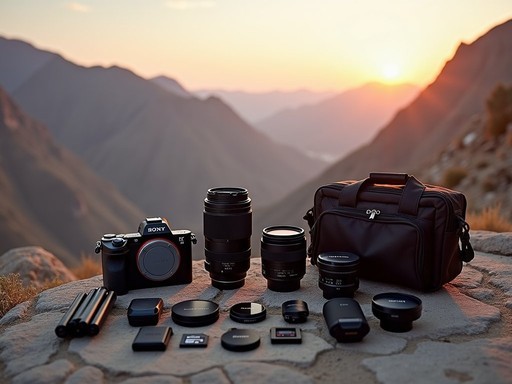
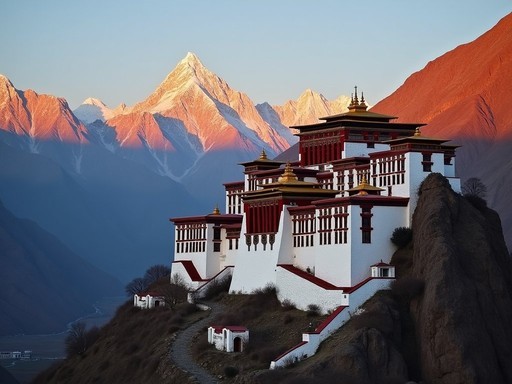
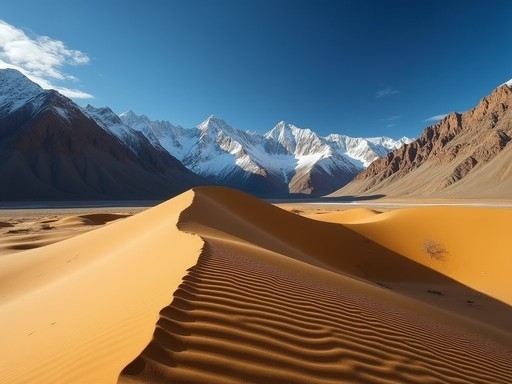










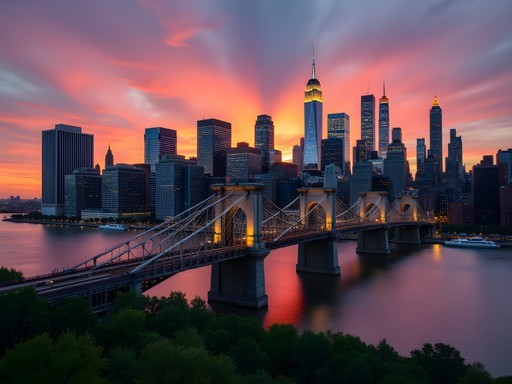
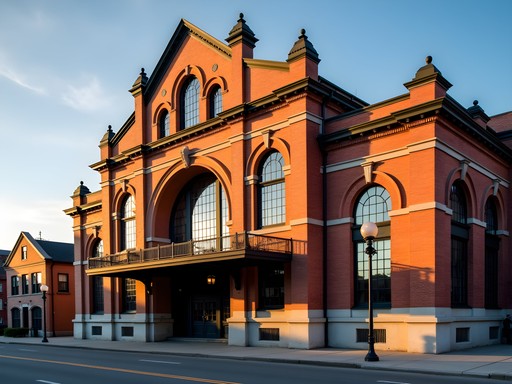
Comments
beachway
Beautiful photos! Which monastery would you say has the best photographic opportunities for someone with limited time? Planning a quick 5-day trip.
Frank Garcia
Not Marco, but if you only have time for one, Thiksey is incredible for photography - it's built on a hill with multiple levels and amazing views. Try to be there for morning prayers around 6am when the light is perfect.
beachway
Thanks for the tip! Will definitely prioritize Thiksey and plan for an early morning visit.
Casey Andersson
Marco, your post brought back so many memories! I visited Ladakh two years ago and was completely unprepared for how challenging the photography would be. The section on 'Understanding Ladakh's Unique Light' is spot on - that crystal clear air makes everything seem closer than it is, and I kept underestimating distances in my compositions. My favorite shoot was at Thiksey Monastery during morning prayers. The monks were incredibly welcoming, and the golden light streaming through the windows created the most magical atmosphere. I found my camera filter kit absolutely essential for balancing the harsh contrasts, especially during those sunrise shots over the mountains. Did you make it to the Nubra Valley? The sand dunes against snow-capped peaks create such surreal compositions!
Marco Sharma
Yes! Nubra Valley was incredible - those double-humped camels against the dunes with mountains in the background felt almost unreal. Thiksey at prayer time is magical - glad you experienced that too!
backpackchamp
Great guide! I'm heading to Ladakh in July - how did you deal with the extreme temperature changes when it comes to protecting your camera gear?
Marco Sharma
The temperature shifts are challenging! I kept my batteries close to my body during cold mornings, and used a padded camera bag with silica gel packets. Let your gear acclimate slowly when moving between temperatures to avoid condensation issues.
backpackchamp
Thanks for the tips! Will definitely pack extra batteries and some silica packets.
springclimber
Stunning photos! The light really is magical there.
Frank Garcia
Excellent breakdown of the lighting conditions, Marco. I was in Ladakh last year and can confirm that the dynamic range challenges are real - I found myself bracketing almost every landscape shot. The section on monastery photography is particularly useful; the contrast between the dark interiors and bright windows requires careful metering. One thing I'd add is that a lightweight tripod is essential for those blue hour shots around Pangong Lake when the mountains reflect perfectly in the still water. Did you find any particular time of year better for capturing the dramatic cloud formations?
Marco Sharma
Thanks Frank! I've found late August to early September offers the most dramatic skies - just before the tourist season winds down. The monsoon's tail end creates those incredible cloud formations without the peak summer crowds.
Frank Garcia
That makes sense - I was there in mid-July and while the light was incredible, the skies were almost too clear for dramatic compositions. Will plan for September next time!
wildbackpacker
OMG those monastery shots are incredible!! I've never been anywhere like Ladakh but it's definitely on my bucket list now. The colors in your sunrise photos are unreal!
Marco Sharma
Thanks! The monasteries are even more breathtaking in person. Hope you get to visit soon!
TravelingLens
Just got back from Ladakh and used many of your tips, Marco! That section about finding composition in vastness really helped me. I struggled at first with the scale, but focusing on finding foreground elements like you suggested made a huge difference. The monastery silhouettes against sunrise were definitely my favorite shots. One challenge I wasn't prepared for was how quickly the light changes there - within minutes, a scene can transform completely. Definitely taught me to work quickly and be prepared. Your advice about polarizing filters was spot on for those intense blue skies!
PhotoNewbie
Would you mind sharing which camera settings worked best for you there?
TravelingLens
For landscapes, I mostly shot between f/8-f/11 for good depth of field. The light is so bright that you can keep ISO low (100-200) even with faster shutter speeds. Inside monasteries is trickier - had to bump up to ISO 1600+ in some of the darker halls.
MountainDreamer
Breathtaking photos! Makes me want to book a flight right now!
happybackpacker
Just got back from Ladakh last month and this post brings back all the feels! That section about the changing light is no joke - I watched one valley go through like 5 different lighting moods in a single hour. The tip about keeping batteries warm saved me big time - I kept them in inner pockets during those freezing morning shoots at Pangong Lake. Marco, your shot of the prayer flags against that massive mountain backdrop is EXACTLY what I tried (and failed) to capture. Any chance you could share your settings for that one?
Marco Sharma
@happybackpacker Thanks for the kind words! For the prayer flags shot, I used f/8, 1/250s, ISO 200, with a polarizing filter to make the sky pop. The key was waiting for a gust of wind to fully extend the flags!
winterninja
Marco, which monasteries had the best lighting conditions? Planning my itinerary now and want to prioritize the photogenic spots!
LadakhLover
Not Marco, but I found Hemis and Thiksey to be absolutely magical for photography. Hemis has those amazing courtyards where the light creates patterns, and Thiksey is just spectacular at sunrise!
winterninja
Thanks for jumping in! Adding both to my must-visit list. Any specific time of day you'd recommend for Hemis?
LadakhLover
Mid-morning worked best for me at Hemis - around 9-10am when the sun hits the courtyard just right!
Venture X
Premium card with 2X miles, $300 travel credit, Priority Pass